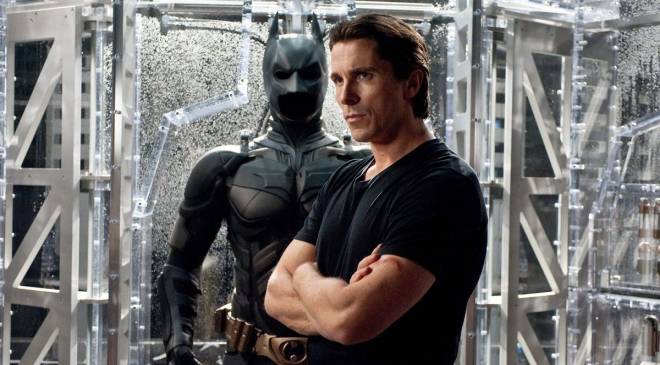After an impressive showing at the box office, Greta Gerwig’s neon pink romp “Barbie” has officially beat out Christopher Nolan’s epic flick “The Dark Knight” as “the highest-grossing domestic release in Warner Bros. history,” according to Variety.
Also Read- Margot Robbie will reportedly earn $50 million in salary and box office bonuses for ‘Barbie’
So far, “Barbie” has grossed over $1.1 billion globally and $537 million domestically, per Box Office Mojo. “The Dark Knight,” which was released in July 2008, grossed $534 million domestically and a little over $1 billion globally.
Despite the commercial success of “The Dark Knight” it didn’t receive a Best Picture nomination — something that famous director Steven Spielberg told Deadline should have happened. “That movie (‘The Dark Knight’) would have definitely garnered a Best Picture Nomination today, so having these blockbusters (‘Top Gun: Maverick’ and ‘Avatar: The Way of Water’) solidly presented on the top 10 list is something we should all be celebrating.”
It’s possible “Barbie” could take home a Best Picture award, but the favorite right now for that award is Nolan’s “Oppenheimer.” Jamie Burton wrote for Newsweek that while it’s possible “Barbie” could receive a nomination, a win might be less likely.
Robbie reportedly joking predicted the commercial success of ‘Barbie.’” The actress said, per People Magazine, “And I was like, ‘And now you’ve got Barbie and Greta Gerwig.’ And I think I told them that it’d make a billion dollars, which maybe I was overselling, but we had a movie to make, okay?!”
A billion dollar box office film is a rare feat. 53 films have achieved such a feat, per Rotten Tomatoes. Some of them include “Top Gun: Maverick,” “The Lord of the Rings: The Return of the King,” “Jurassic Park,” “The Dark Knight,” “The Dark Knight Rises,” “Avatar,” “Captain Marvel” and “Harry Potter and The Sorcerer’s Stone.”
But what makes these kinds of movies different than other movies? Is there a formula or some secret sauce that transforms a film into a billion dollar box office smash?
Also Read- Katy Perry and Orlando Bloom to Be Taken On Trial For $15M Mansion Purchase
Not exactly, but researchers have analyzed films to determine a common thread among films that have box office success.
There is an emotional arc they call the “man in a hole arc,” The Guardian reported. The man in a hole arc is a term that refers to a storyline where a protagonist encounters an issue (aka falls in a hole) and then successfully climbs out of it.
The emotional rise researchers observed were, “rags to riches – an ongoing emotional rise as seen in films such as The Shawshank Redemption; riches to rags – an ongoing emotional fall (Psycho); man in a hole – a fall followed by a rise (The Godfather); Icarus – a rise followed by a fall (On the Waterfront); Cinderella – a rise followed by a fall followed by a rise (Babe); and Oedipus, a fall followed by a rise followed by a fall (All About My Mother),” per The Guardian.
Their basic findings were that in biographical films the rags to riches trope was the most successful arc, the man in a hole films generated the most buzz and the “happy-sad-happy trajectory” of films with a man in a hole arc were the most successful, according to The Guardian.
This doesn’t exactly solve the matter at hand of how a film can go from an ordinary movie to a billion dollar box office smash, but it does shed light on how pivotal human emotions are in making movies successful.
“Barbie” draws on a type of Garden of Eden experience. The eponymic character is in an utopia, then is interrupted by encountering “the real world” and has to work out happiness. It resonated with audiences likely because the act of playing with toys can be one where a person creates an ideal world, but then when they grow up, their world is interrupted.
“The Dark Knight” had a similar character arc. Bruce Wayne (played by Christian Bale) aka Batman is successfully fighting crime in Gotham until the Joker comes along and Harvey Dent falls (preventing Batman from retiring). Batman has to work out what ideals are most important to him and whether or not to save Dent or the love of his life.
Neither of these stories perfectly map onto the happy-sad-happy trajectory, but they do follow a similar pattern in terms of emotional journey.







































